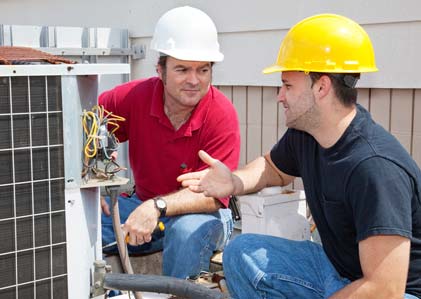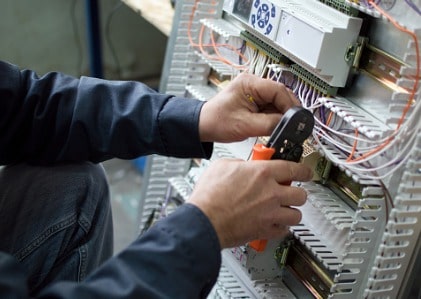“You can design a system around getting the most money-saving incentives. Your HVAC package may be more expensive up front, but, as a whole, the building isn’t going be more expensive because your electrical contractor and structural engineer will likely charge you less and offset the HVAC cost.”
Lainey Brooks, Architect and HVAC Sustainability Expert
One of the largest energy consumers in homes and commercial buildings is the heating, ventilation, and air conditioning systems (HVAC). As concerns over climate change continue to grow, the importance of energy-efficient HVAC systems has become increasingly evident. Also, as our population grows, so does the demand on the power grid, which at times already struggles to meet peak demand.
“A lot of energy is used in buildings,” shares Lainey Brooks, architect and HVAC sustainability expert. “If you can reduce the energy used in buildings, it will greatly impact how much energy is used worldwide.”
In fact, according to the Energy Information Administration (EIA), space heating and cooling accounted for about 43 percent of total residential energy consumption, and the U.S. Small Business Administration estimates that HVAC equipment accounts for 40 percent of energy usage in commercial buildings.
Older, less efficient HVAC systems consume more energy than newer ones, threatening the environment and leading to high energy costs. Implementing sustainably minded HVAC solutions can reduce carbon emissions, but it can also enhance indoor air quality and contribute to overall occupant comfort. HVAC sustainability can be accomplished in many ways, including upgrading existing systems, implementing energy-saving measures, or using renewable energy sources.
With global temperatures rising, it’s a great time to prioritize HVAC sustainability in our built environment. Keep reading to learn more from Brooks about how to make HVAC systems sustainable, how regulations are helping to increase sustainability, and what the future of energy-efficient HVAC systems may look like.




